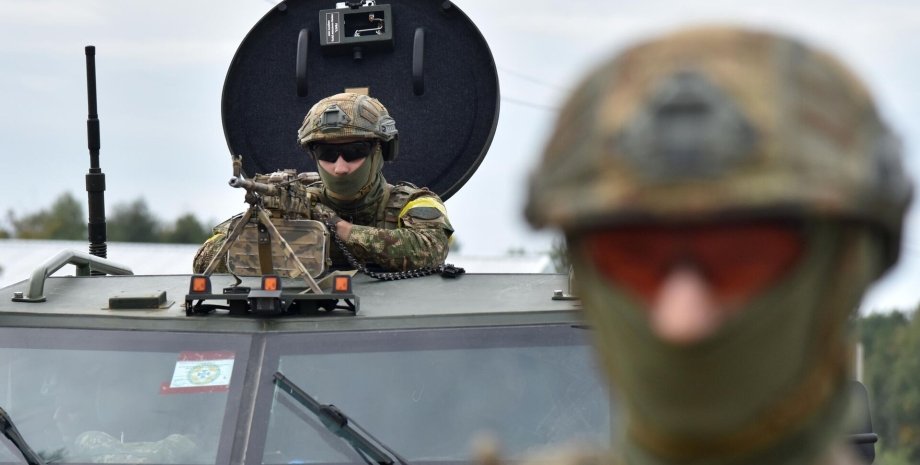
Restrictions that apply in Ukraine on taking photos and videos
During the war, it is forbidden to photograph military personnel, equipment, and the sites of missile strikes, and in addition, the country has introduced a ban on photographing a number of institutions — buildings of regional councils and city councils, and enterprises.
The mere fact of martial law does not mean a complete ban on taking photos and videos. However, the country has a number of laws and regulations that set certain restrictions on filming. Some of these restrictions are provided for by the Law of Ukraine “On State Secrets”.
“Article 8 of this law defines a list of information in the field of defense that belongs to military secrets. This list includes a significant amount of information, objects and information that are state secrets (in particular, information about weapons, deployment, movement, results of activities) of the armed forces and other military formations. According to Article 18 of the Law on State Secrets, in order to protect state secrets, restrictions are imposed on the disclosure, transfer to another state, or distribution by other means of secret information, therefore, even in peacetime, restrictions on photo and video recording of military objects are established. objects and activities of the Armed Forces of Ukraine and other military formations,” said Vladyslav Firsov, lawyer, senior associate at AS Legal.
Which military objects are prohibited to photograph and record on video, according to Art. 8 of the Law “On State Secrets”:
- preparation and conduct of military operations,
- strategic and mobilization deployment of troops,
- the most important indicators characterizing the organization, numbers, deployment, combat and mobilization readiness, combat and other military training, armament and logistical support of the Armed Forces,
- location, characteristics of control points of the Armed Forces,
- geodetic, gravimetric, cartographic and hydrometeorological data relevant to the defense of the country,
- weapon systems,
- indicators of the development of the Armed Forces of Ukraine and their capabilities,
- composition, tasks and logistical support of the intelligence body of the Ministry of Defense of Ukraine,
- personnel of the Special Operations Forces of the Armed Forces of Ukraine, as well as persons who cooperate or previously cooperated on a confidential basis with the Special Operations Forces of the Armed Forces of Ukraine,
- methods and results of resistance movement, operational reserve and network of resistance movement centers.
In addition to the military and equipment of the Armed Forces, in Ukraine there are also restrictions on the filming of other so-called strategic objects. Ihor Yasko explains: according to paragraph 17 of the Resolution of the Cabinet of Ministers “On the border regime”, video, film, and photo shooting within the border strip is carried out only after informing the state border protection body.
The lawyers noted that permission to film the Armed Forces of Ukraine is issued only to journalists, activists and bloggers who have filled out the questionnaire and received accreditation, which is regulated by the Order of the Commander-in-Chief of the Armed Forces of Ukraine No. 73 of March 3, 2022 “On the organization of interaction between the Armed Forces of Ukraine, the defense forces and representatives mass media during the legal regime of martial law”.
Also, in Ukraine, there are bans on photo and video recording in the territories of regions, which are put into effect by decisions of local authorities. “On the territory of the Ternopil region, for example, it is now prohibited to take photos and videos of objects of military and critical infrastructure, buildings of state and executive authorities, local self-government bodies, enterprises, institutions, organizations authorized to perform the relevant functions, roads on which they are located, as well as places of mass gatherings of people,” noted Ihor Yasko, managing partner of Winner UK.

